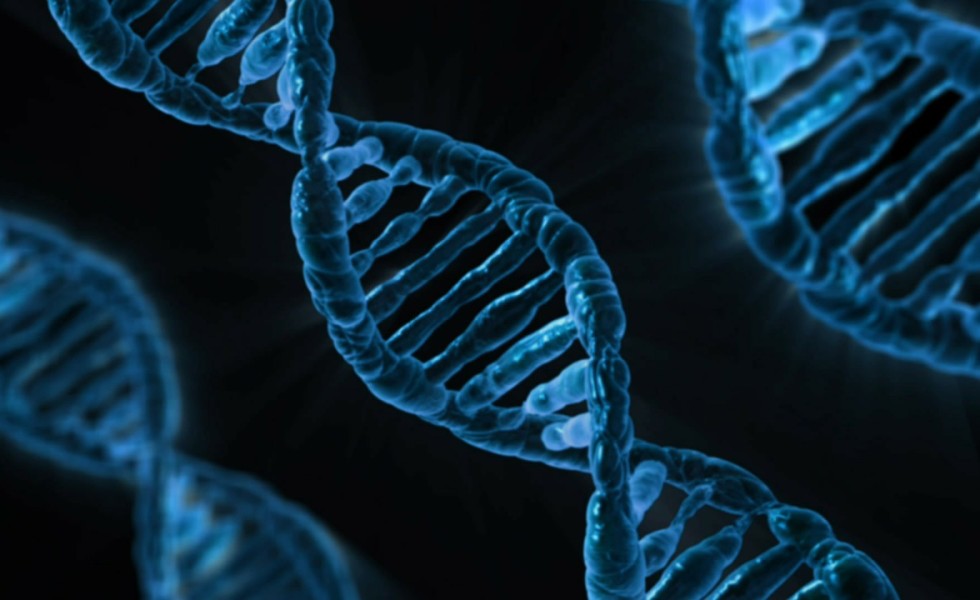We Should Talk
Posted on June 1, 2016

With little fanfare and barely a nod of public acknowledgement, the world of food turned upside down April 13 when the U.S. Department of Agriculture informed a Penn State University plant pathologist that the “white button mushroom” he developed by removing some of its genetic material is not a genetically modified organism (GMO).
As such, USDA declared, the new mushroom will not be “regulated” by USDA’s Animal and Plant Health Inspection Service (APHIS).
This was not some bureaucratic hair-splitting by some little-known government agency. In fact, it was just the opposite: This is a hair-on-fire decision that will remake food as we know it.
And, yes, just like you learned in elementary school, it all goes back to fungi.
This little white mushroom, however, is unlike any fungi the world has ever seen. Through a gene editing process known as CRISPR-Cas9, Penn State researcher Yinong Yang made “small deletions in a specific gene” so the mushroom “stops production of a specific enzyme that causes mushrooms to brown.” (Faithful readers may recall two columns on potential CRISPR wins and woes in late 2015.)
The result, explained Penn State after USDA’s official blessing, is “a mushroom with longer shelf life that resists blemishes caused by handling or mechanical harvesting—but without DNA from a foreign organism.”
And that’s the difference, says USDA: Yang didn’t add genetic material to the mushroom from a “foreign organism such as bacteria or other plant species.” Instead, he removed the fraction of the mushroom’s own genetic material that causes unsightly browning to create his new, non-GMO mushroom.
That’s possible because of CRISPR, short for “clustered regularly interspaced short palindromic repeats.” This “tool” can focus on an exact spot on the genome to “delete or replace specific DNA pieces, thereby promoting or disabling certain traits.”
This ability, though, raises a paradox: Is the mushroom, as USDA says, an unregulated, non-GMO food because it contains less of its own DNA and no added DNA or is it a different kind of Frankenfood—Frankenfungi?—as GMO critics say because, in fact, its DNA has been altered?
Yang, the mushroom’s developer, welcomes that debate but prefers it to be less a food fight and more a food “goal,” a clear indication of what he—and most of the scientific farm and food community—would like to see.
“There’s too much divisiveness and hostility between pro- and anti-GMO camps,” he offered in a mid-April, Penn State press release. “I hope development of the new technology will facilitate rational and productive dialogue… with a common goal to achieve food safely, food security, and agricultural and environmental sustainability.”
There may not be much time for any discussion rational, productive, or otherwise. Less than a week after the USDA-Penn State announcement, DuPont Pioneer made public plans to market (by 2021) a waxy corn hybrid developed through its use of the less-is-more CRISPR gene editing technology. Other CRISPR-inspired research is already directed at drought-resistant corn and wheat.
What’s next?
“Pigs that reach market weight faster and cattle that produce more tender meat (and more of it),” guesses the not-for-profit Center for Food Integrity in an April 6 blog post titled “Technical Advances Need Transparency.”
Also, the blog notes, be on the lookout for “Hens that produce only female offspring [that] would do away with the need to euthanize male chicks.”
But that’s just the tip of the CRISPR iceberg. Toss drug research—especially gene therapies for cancer treatment—into the discussion and CRISPR may be the biggest, life-changing tool to hit mankind since the invention of the wheel.
Where will this new wheel take us?
Can its plant and animal transforming magic serve both today’s industrial Big Ag and tomorrow’s sustainable ag?
Will the market’s singular drive toward short-term profit short circuit the long-term complexity of our global ecology?
Is there a moral line that CRISPR should never cross? If so, where?
Answers to these tough questions—there will be many more—can’t come from government regulators like USDA. They need to come from you and me. We should talk.
© 2016 ag comm
Share This